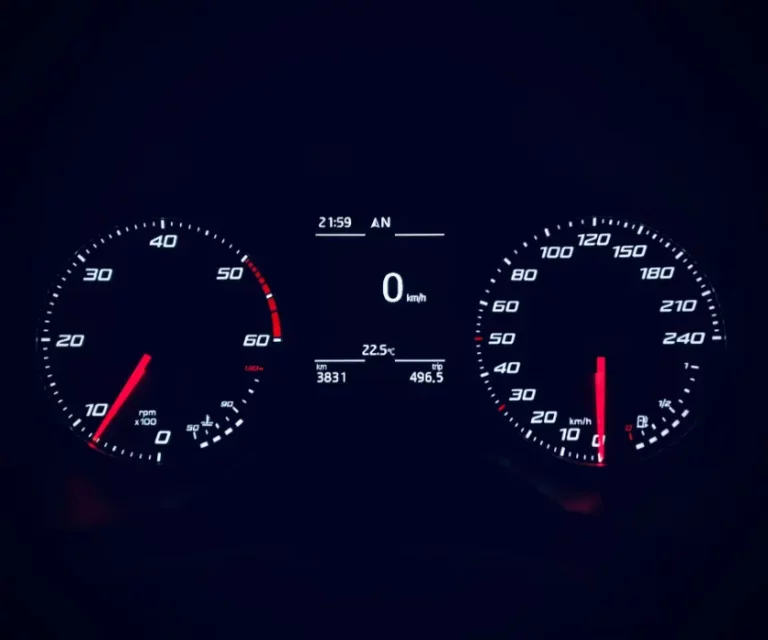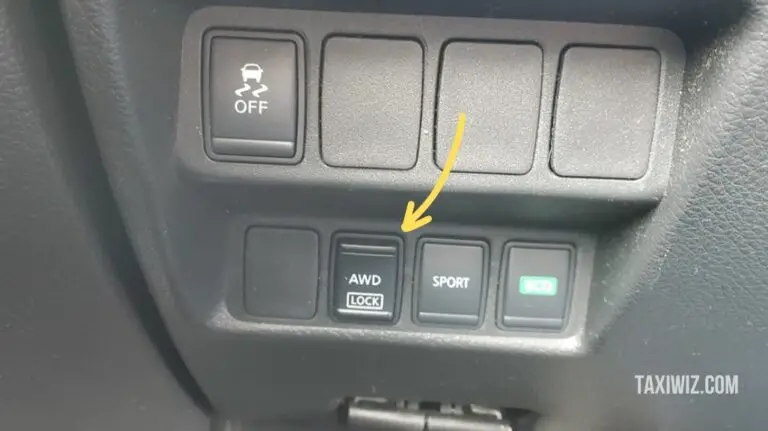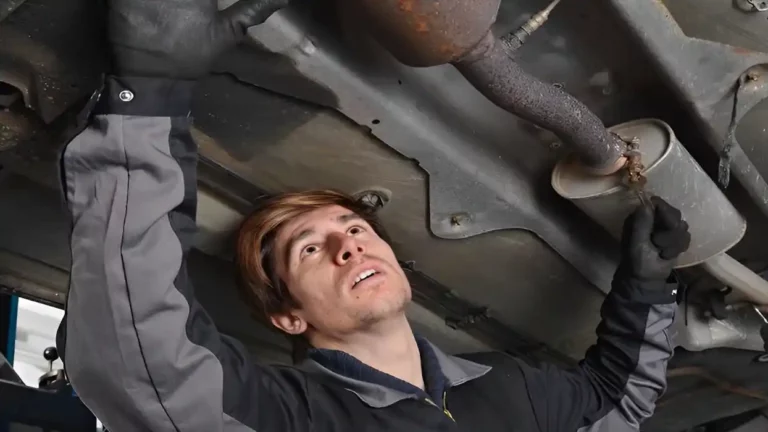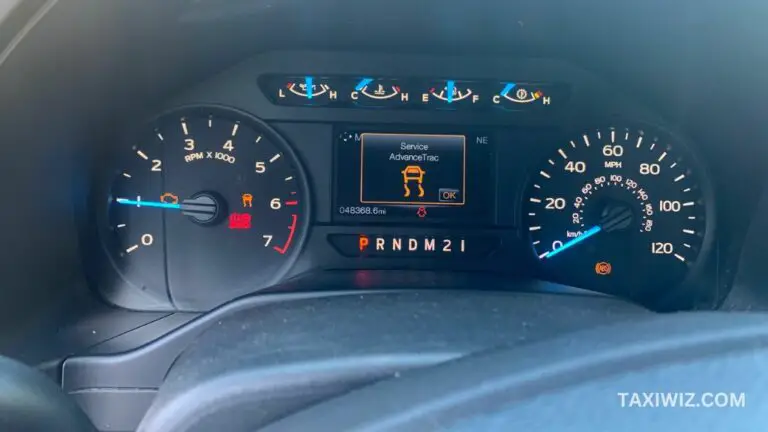Reverse Lockout – What It Is, Importance & Common Problems
Sometimes, when you try to shift gears, you may accidentally move to the reverse gear instead of a forward gear. This could lead to engine damage and can lead to an abrupt stop. The reverse lockout comes into play to prevent this situation.
But what is a reverse lockout?
The reverse lockout solenoid is a feature placed on almost every vehicle. They are a common feature in manual transmission-based cars.
The purpose of this feature is simple, and it stops any accidental engagement with the reverse gear from the driver.
When the reverse lockout is active, the driver needs to perform an additional step to go to reverse gear.
Understanding the Functionality of Reverse Lockout
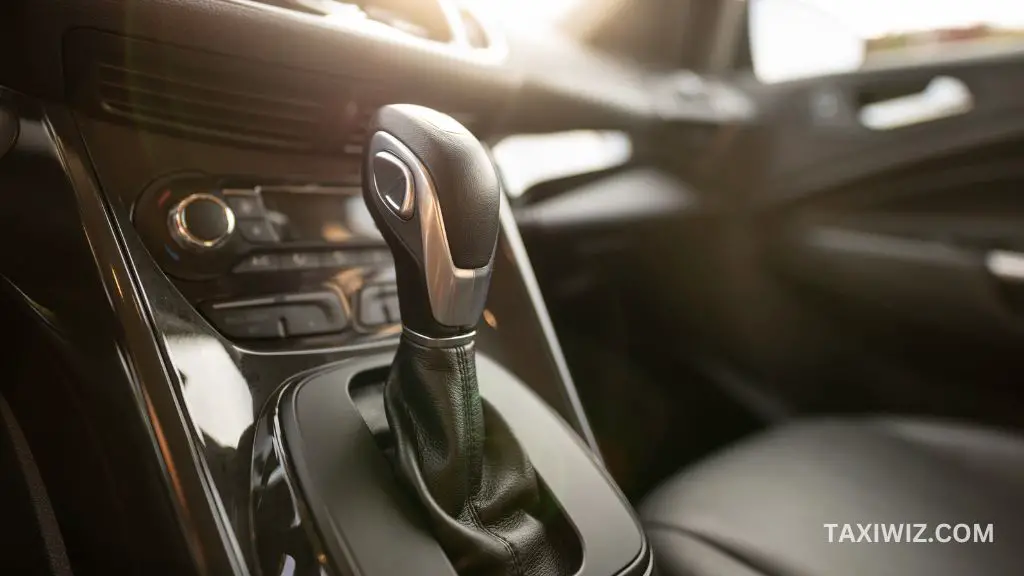
The reverse lockout mechanism makes the driver deliberately choose reverse gear so that the chance of facing an accidental reverse gear situation is 0.
This is a physical barrier that consists of a solenoid located close to the gear shift lever. Due to this, the shift lever is unable to move to the reverse gear position unless certain requirements are filled.
The feature is designed to function with the clutch pedal of a vehicle. Drivers are required to completely depress the clutch pedal if they want to use the reverse lockout to engage or disengage.
That is not all; to actually engage the reverse lockout, the driver is required to stop the vehicle completely before he can make any switch. This ensures a significant risk reduction for your car.
In modern vehicles, drivers are required to perform additional actions if they want to utilize the reverse lockout. This action may differ from model to model, like pushing down a ring or pressing a button, or pulling up on a collar.
Some models don’t require that either. So, better make sure to learn about the reverse lockout of your car before you make a purchase.
The Importance of Reverse Lockout
When it comes to swift driving, safety, comfort & manual transmission of vehicles, the reverse lockout plays a critical role and holds significant importance for several factors:
- Preventing Any Accidental Reverse Engagements
When vehicles accidentally shift into reverse gear while it is moving forward can lead to severe consequences.
Situations like this can cause engine damage, sudden deceleration, or even make the vehicle move in the opposite direction without any notice. This can damage the car’s body, put pressure on the engine, and even create a hazardous situation for any passersby.
The reverse lockout mechanism serves as a safeguardthat ensures that the driver will have to consciously and intentionally use the reverse gear, which reduces the chance of facing such accidents significantly.
- Protection for the Transmission
A car’s reverse gear in a manual transmission is not designed to handle the same rotational forces and torque as the forward gears.
So, suppose we accidentally shift into reverse when the car is moving at high speeds. In that case, it can subject the transmission to endure excessive stress,eventually leading to the engine facing internal damage.
But by requiring deliberate and intentional actions to engage the reverse gear, the reverse lockout mechanism protects the transmission from this sort of damage and prolongs the lifespan. It reduces the need for any heavy repairs or replacements of the transmission completely.
- Gearbox Integrity
The close proximity of the reverse gear to the forward gear can increase the possibility of shifting into reverse when intending to shift to a forward gear by mistake.
With the help of the lockout mechanism, this gear misalignment can be prevented, thus promoting smoother gear changes and overall transmission longevity.
- Encouraging Proper Shifting Technique
By requiring the driver to consciously engage in reverse gear, the reverse lockout encourages the use of correct clutch and shift lever coordination.
This helps drivers develop good shifting habits, like completely depressing the clutch pedal, stopping completely, and engaging the reverse gear deliberately.
Doing this enhances control, reduces wear on transmission components, and contributes to a smoother and optimal driving experience.
- Legal Requirement
In many states and countries across the globe, the inclusion of a reverse lockout mechanism in manual transmission vehicles is a requirement. And not having one in your car will make driving that vehicle illegal.
These regulations enhance safety and prevent accidents caused by inadvertently shifting into reverse gear. So, unless you don’t want your car to meet the safety standards, you shouldn’t disregard reverse lockout.
4 Reasons Why Does Reverse Lockout Get Locked
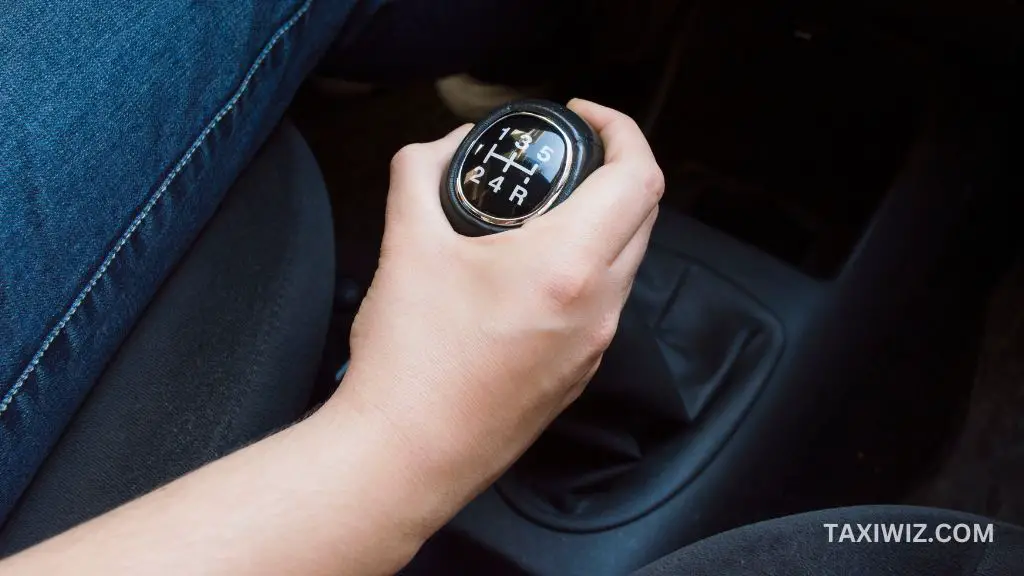
Sometimes, the reverse lockout mechanism can get locked due to mechanical issues, component malfunctions, or even driver errors. The most common reasons why this can happen are as follows:
1. Faulty Solenoid
The reverse lockout mechanism typically involves a solenoid that controls its operation.
If this key component starts to fail, takes damage, or gets worn or misaligned, then the reverse lockout can get stuck in the engaged position, preventing the engagement of the reverse gear.
2. Damaged or Misaligned Components
Over time, the components of the reverse lockout mechanism can become misaligned or damaged. This can occur due to wear and tear, rough shifting, or other factors.
Damage or misalignment can lead to the lockout getting stuck in the engaged position and obstructing the movement of the shift lever.
3. Driver Error
One of the most common reasons reverse lockout gets stuck is the driver making faulty decisions.
For example, when a driver attempts to shift into reverse without completely depressing the clutch pedal, it can sometimes lead to the reverse lockout feature malfunction.
The same situation can occur when a car is still in motion, and the driver attempts to go to reverse gear. Do keep in mind that the reverse lockout usually stops the reverse gear from engaging, and it will seldom get stuck in these conditions.
4. Wear and Tear
Similar to any other mechanical component, the reverse lockout mechanism will also have its fair share of wear and tear over time.
The repeated use of the mechanism, exposure to heat, and other environmental factors can lead to its components’ degradation.
This wear and tear can eventually result in the lockout becoming stuck or become less responsive.
Sometimes the entire system gets affected, and you will have no option but to replace the solenoid and the supporting components. On the other hand, most of the time, doing a few repairs should take care of the issue.
How To Fix a Locked Reverse Lockout?
If you find yourself in a situation where the reverse lockout mechanism is locked, and you’re unable to engage reverse gear, then here are the steps that you should take to resolve the issue:
Look into the Clutch Engagement
First, you should look into the clutch engagement of your car. Make sure of the fact that you fully depress the clutch pedal when attempting to shift into reverse, or the clutch is fully going down.
The reverse lockout mechanism is designed to engage only when the clutch pedal is pressed down, so if that is not the case, then the reverse lockout won’t work.
Replacing the clutch or repairing what stops it from working should eliminate your issue immediately.
Ensure that the Car Isn’t Moving
A fundamental function of the reverse lockout is that it prevents moving to reverse gear when the car is in motion. So, if your lockout system is locked,ensure your vehicle is completely stationary.
Try to apply the brakes firmly to ensure that the vehicle is not rolling, and afterward, attempt to shift into reverse. If your breaks aren’t working, that might be why the reverse lockout isn’t functioning.
Fixing this issue will take care of the problem.
Check if Gear Shift is Working
If the shifting functionality is malfunctioning, your reverse lockout system can get locked, as it may detect that you are trying to go to reverse gear while not clutching or stopping.
When that is the case, the best option is to take the car to a professional and let them fix the gear-shifting issue. You can do it yourself with proper understanding and experience with the gear shift.
Otherwise, just rely on a professional because it is quite easy to damage the gears if you try to handle it without receiving proper understanding and practical experience.
Repair or Replace the Core Components
If the solenoid or any other component of the reverse lockout feature is damaged or malfunctioning,replacing or repairing them should take care of the issue.
Reverse Lock Out Quick Tip >> Check out the video below:
Frequently asked questions (FAQs)
1. What happens if the reverse lockout is engaged while driving?
It can cause sudden deceleration with potential engine damage and is known to make the vehicle move in the opposite direction unexpectedly, posing safety risks.
2. Does the reverse lockout have a dashboard indicator?
Generally, no. The reverse lockout itself does not have a specific dashboard indicator.
3. Can I fix a locked reverse lockout myself?
It is recommended to seek professional assistance as attempting DIY repairs can potentially cause more damage.

